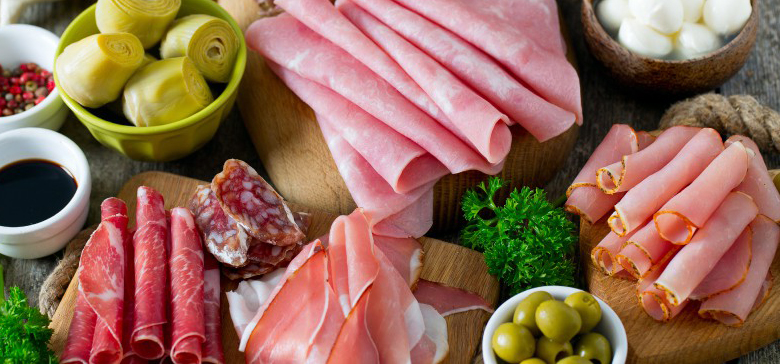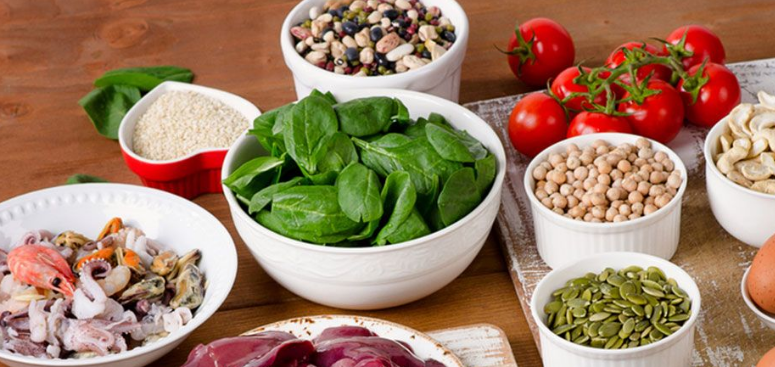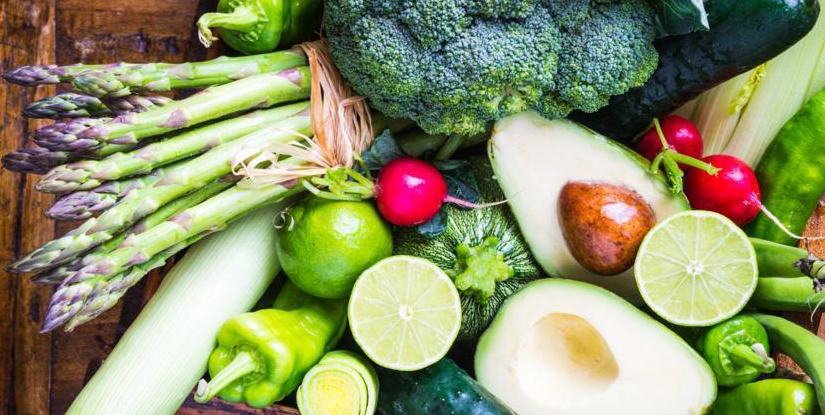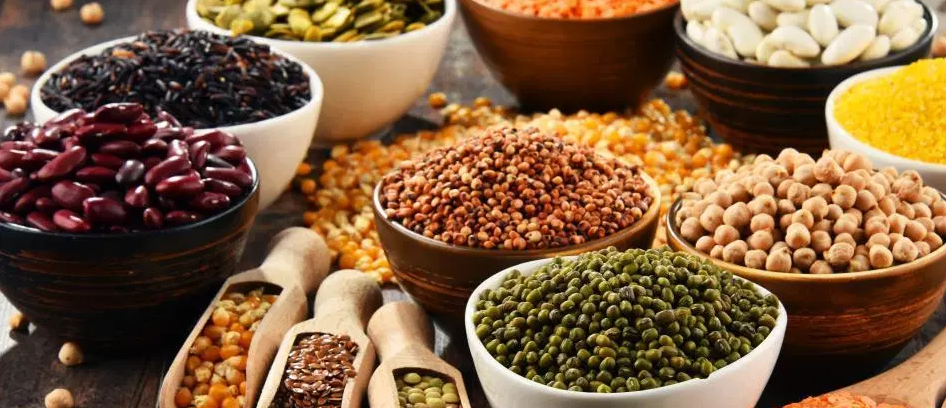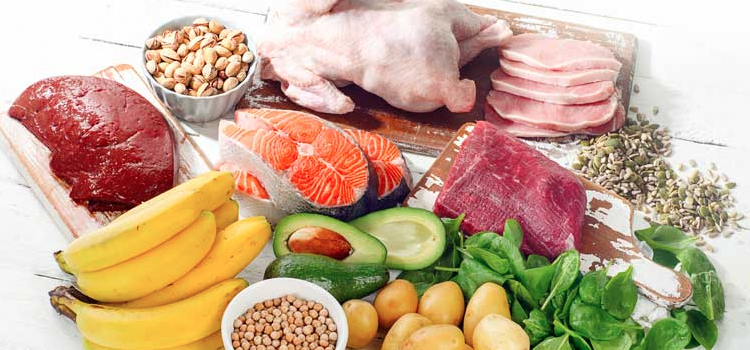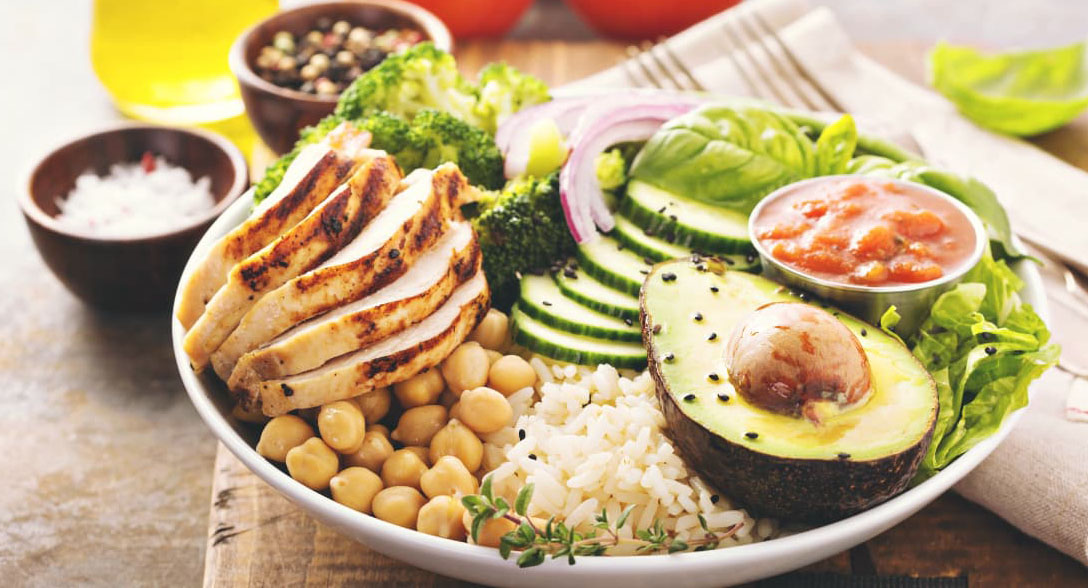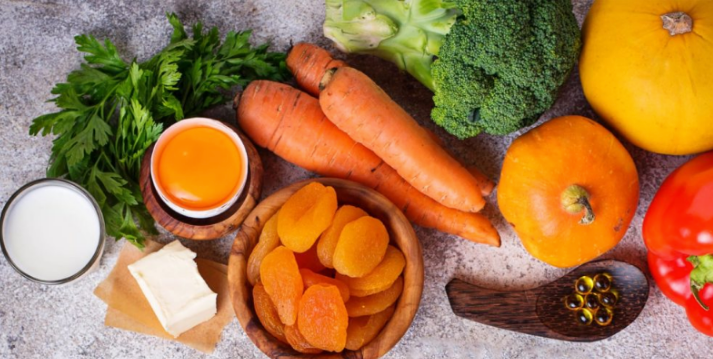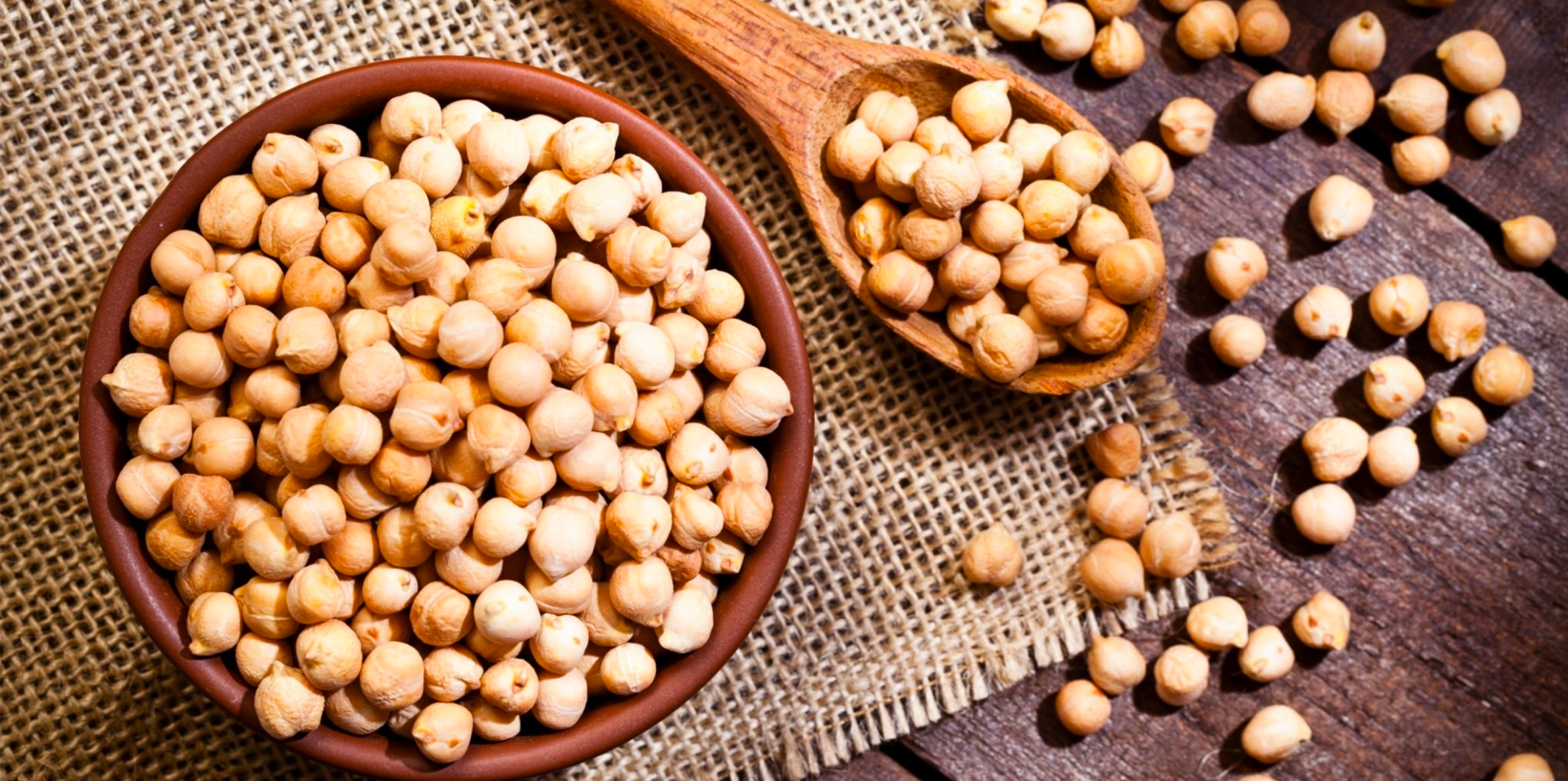Are you thinking of stocking up on food that doesn’t require refrigeration? Canned, dried, bagged, and even some individually wrapped items can be considered non-perishable foods. This means you’ll be able to keep these foods for a long-time all while enjoying the flavors and nutrition in the same way.
Non-perishable foods are great for several types of occasions, such as camping or long travels, and they’re a wonderful alternative for those who can’t leave the house for any type of health or emergency reason. You can also stock up on non-perishable foods to help those in need. They’re a popular preferred option for donation purposes.
Table of Contents
Best Healthy Non-Perishable Foods
When you think of boxed or canned foods, do you often think of processed or unhealthy alternatives? That’s because they make up a wide variety out there. But that doesn’t always have to be the case, and you don’t have to sacrifice flavor either. Below are the 7 best healthy non-perishable foods that can be added to many delicious meals throughout the week.
1) Canned Fish
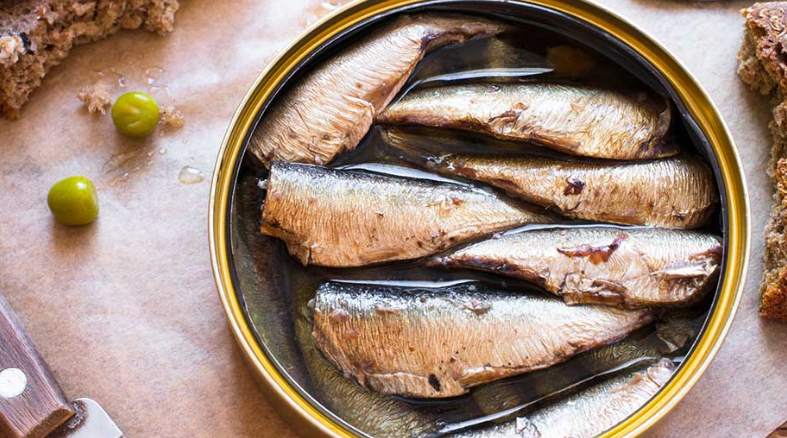


Canned fish has been a staple food across the globe for decades, with tuna as the most popular option. It’s great to have canned fish on hand for the many health and convenience benefits. Fish are naturally high in omega 3 fatty acids which makes them excellent at preventing heart disease (1) much more.
Mix up the types of fish you eat and aim to only eat ones that are particularly high in mercury, like tuna (2), only once a week. Sardines and mackerel are known to have the lowest levels of mercury.
Many can be intimidated by canned fish, especially sardines, but there are tons of recipes to try to keep your taste buds happy. Try mixing sardines based in olive oil with a half of a grapefruit squeezed, then enjoy it on a bed of spinach with the flesh of the left-over grapefruit.
Summary: Canned fish is a great way to boost protein and healthy omega-3 fatty acid intake. Tuna, sardines, mackerel, and salmon are great canned fish options to try. It’s recommended to eat high mercury fish, such as tuna, only once per week. Canned sardines and mackerel are lower in mercury. Add canned fish to casseroles, soups, salads, sandwiches, or simply eat with a squeeze of citrus and crackers.
2) Dried or Canned Beans & Legumes
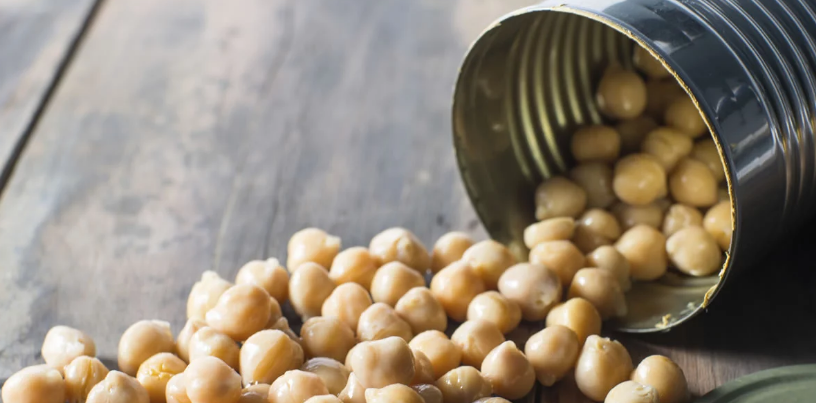


Beans and legumes are often forgotten among the general public, but they’re some of the healthiest foods out there (3). You can be sure you’re getting adequate nutrition including fiber, B vitamins, and many more vitamins and minerals.
Beans can even reduce blood sugar levels in those with diabetes, and keep your gut microbiome healthy. (4)
Dried beans and legumes should always be rinsed and soaked before prepping for cooking. One exception to this is canned beans and legumes. All you need to keep beans and legumes tasting great are some great seasonings. Think thyme, garlic, rosemary, paprika, cumin, or even a mixture of a bunch.
Summary: Beans and legumes are full of fiber, protein, and B vitamins. They help regulate blood sugar and feed good bacteria in the gut. Always rinse and soak dried beans and legumes before cooking. Canned beans and legumes can simply be rinsed prior to use. Thyme, garlic, rosemary, paprika, and cumin are great spices to pair with them. Toss beans or legumes into soups, stews, eggs, or mash into a dip.
3) Many Types of Jerky
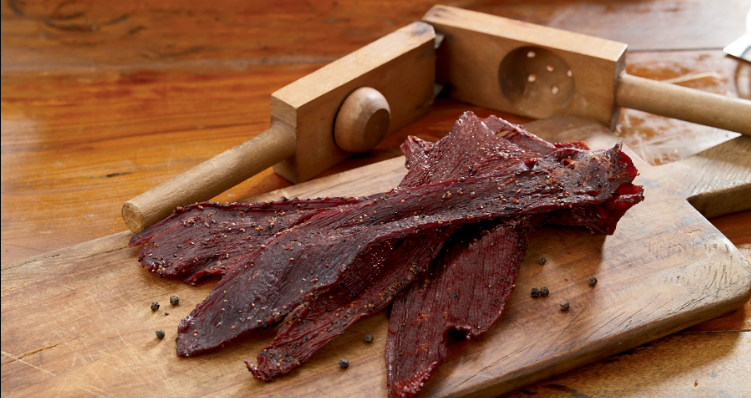


Jerky is an excellent source of protein and essential amino acids. It’s a great way to get in extra energy without feeling too full or bloated. It comes in many different types, including salmon, beef, liver, bison, buffalo, and more. It even comes in flavor combinations like beef and liver.
If you’re deficient in iron, it can be a great pantry staple to add to your dietary routine. Jerky usually comes in individual bags or one per serving cases. Try to stay away from jerky that’s high in salt or sugar. Stick with the basic flavors for the healthiest option. The liver is the healthiest type of jerky if you’re trying to boost your intake of many essential vitamins and minerals.
Summary: Jerky comes in many forms including salmon, beef, liver, bison, buffalo, or turkey varieties. It’s a great, shelf-stable option for those who are deficient in iron. It’s also a filling snack because of its high protein content. Avoid jerky with too much added sugar or salt by sticking with basic flavors.
4) Canned Vegetable Soups
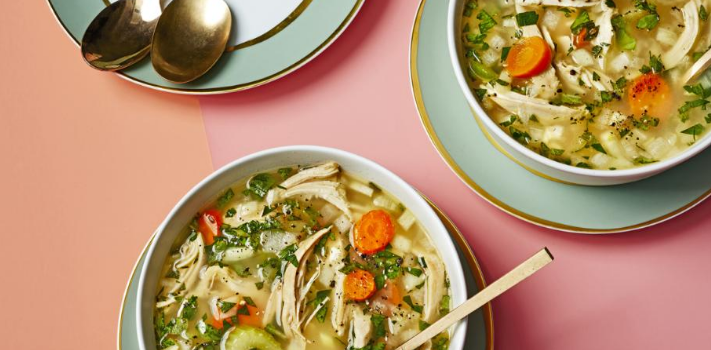


Soups are a great non-perishable staple, and most canned soups can last up to one year. Aim for soups that are vegetable-based (5), as red meat is typically not at its prime health and taste when kept for long periods.
This is a great one if you’re planning to donate to those in need, as they prefer this option for efficiency. There is one exception. Stay away from tomato-based soup varieties as they have a shorter shelf life than other vegetables. For optimal health, try to pick soups with the lowest amount of sodium as canned varieties can come backed with a lot of added salt.
Summary: Soups are a great option for a quick and easy meal. Stock up on vegetable-based soups for optimal nutrition. Tomato-based soups have a shorter shelf-life than other vegetable soups. Soups can be high in sodium, so check the label to make sure it’s a lower sodium option. Try to keep sodium below 140 mg per serving.
5) Dried and Canned Fruits and Vegetables
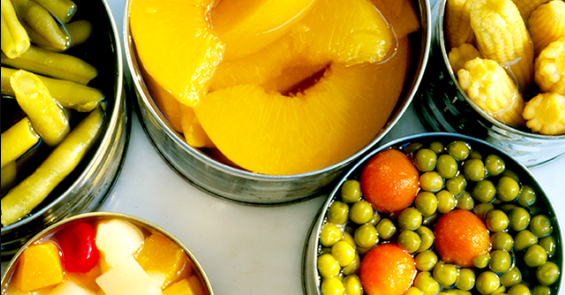


With vegetables, there’s a plethora of options to choose from. Fresh produce will always be the healthiest option in this category, but canned or dried fruits and vegetables are a great alternative when you’re in a pinch, and can actually be nutrient-dense (6). Look out for extra ingredients that can be harmful to your health and are often added to dried fruit. Some of those include unnecessary food dyes, chemically-laden ingredients, and more.
Dried fruit can last the longest at about 1 year when stored properly. Dried or canned veggies will last less time at around 5 months, give or take depending on the type.
Summary: Canned or dried fruits and vegetables are good alternatives to fresh. Although, fresh is always a healthier option. Canned or dried options are generally higher in sodium, sugar, and other added ingredients. Rinse canned vegetables and fruit before consuming, and purchase no sugar added dried produce.
6) Peanut and Almond Butter
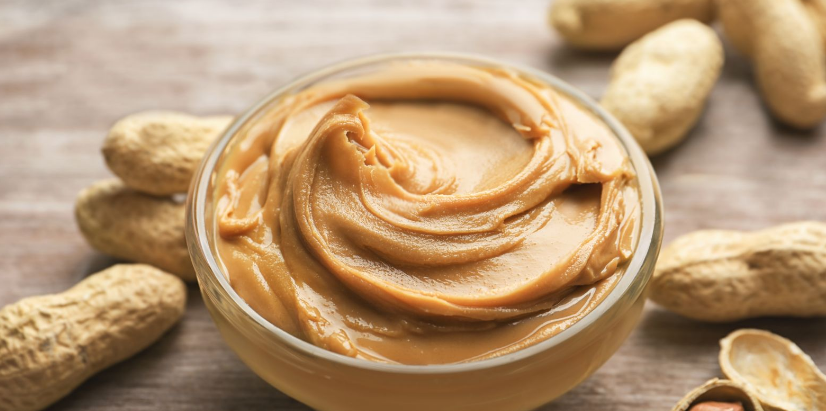


Nut butters like these two can be a healthy part of an everyday diet, so adding them to your non-perishable food list is a no-brainer. Nut butters are packed with essential fat needed to maintain a healthy weight, boost brain health, and even protect the body from extra oxidative stress. (7)
These are great to keep around any time of the year to add to your favorite veggie spread like celery, apples, or even endive. Add some to a smoothie, oatmeal, and much more for an extra nutritious and creamy boost of flavor. However, do note that Natural peanut butter, which does not contain preservatives, lasts up to 3 months at 50℉ (10℃) and only 1 month at 77℉ (25℃) (8).
Summary: Nut butters are rich in healthy fats that help maintain healthy weight, boost brain health, and reduce inflammation. They’re easy to spread on whole grain breads, celery, apples, or endives. You can even mix them into oatmeal, smoothies, or creamy sauces for a nutrient-boost. Natural nut butters won’t last as long as shelf-stable options because they lack preservatives.
7) Whole Grains



Rice, oats, buckwheat, millet, and barley are just a few options to add to your whole grain pantry. With so many to choose from, you can’t go wrong with this non-perishable food. Lasting at around 6 months, whole grains are a great go-to if you’re trying to fill up faster and longer from a meal.
Try out whole grains for their numerous health benefits, such as reducing the risk of type 2 diabetes, obesity, and even some types of cancer (9). Whole grains are extremely high in fiber, protein, antioxidants, B vitamins, and even iron, copper, zinc, and magnesium.
Summary: Whole grains are rich in fiber, protein, antioxidants, B vitamins, iron, copper, zinc, and magnesium. Rice, oats, buckwheat, millet, and barley are a few great pantry staples to name. They generally last about 6 months, depending on the grain.
Conclusion
Foods that don’t spoil are sometimes needed depending on the circumstances. Make sure to keep an abundance of healthy items like whole grains, canned fish, nut butter, fruits, vegetables, jerky, and soups around for the next time you might be in a pinch.
If you don’t go through everything, remember you can always donate to the nearest food bank.





